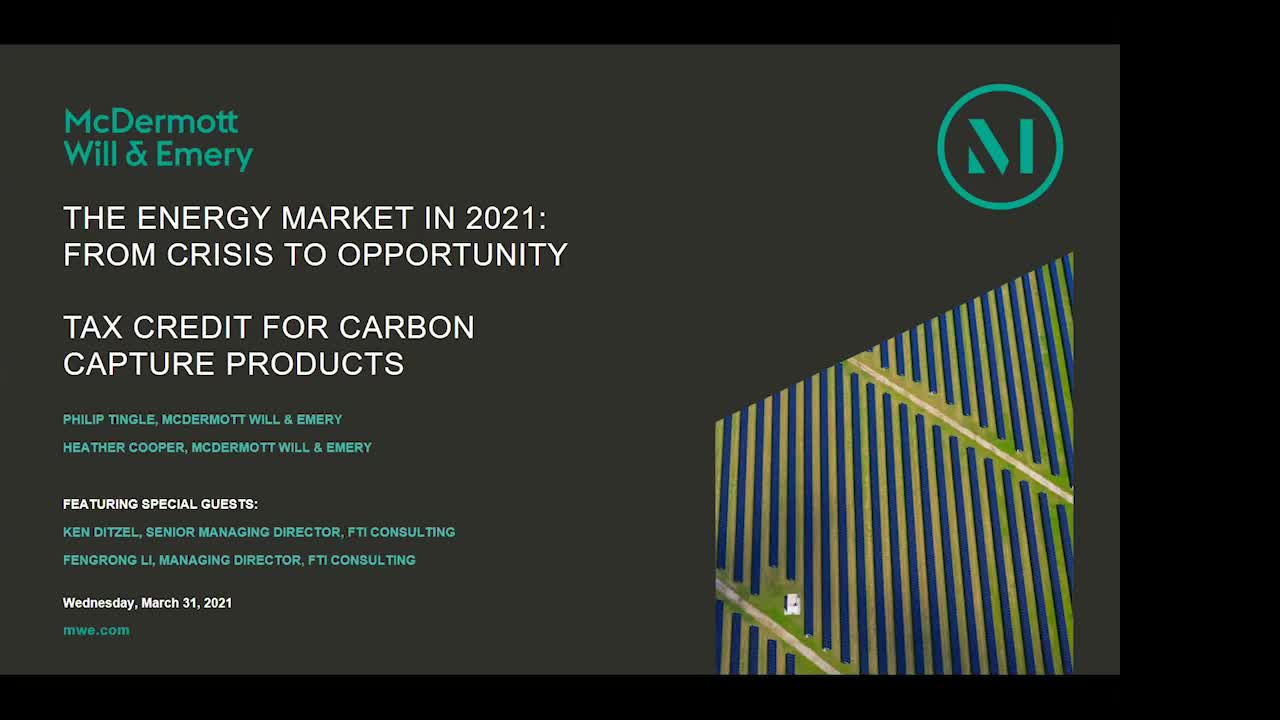On August 1, McDermott Partners Philip Tingle and Heather Cooper hosted a webinar to address the climate bill, dubbed the Inflation Reduction Act of 2022, which unexpectedly came back on the table on July 27. Click here for a summary of the bill.
Below are key takeaways from the presentation:
- Last week’s surprise Congressional bill incorporates many of the same features we saw in last year’s Build Back Better bill, including an extension of the existing PTC and ITC, to be replaced by a technology-neutral PTC and ITC available for any energy producing projects or storage technology with net zero greenhouse gas emissions. Those new credits would remain in place without phase down until at least 2032.
- If enacted, taxpayers need to consider how the proposal impacts their pipelines. Taxpayers may no longer need to worry about “begin construction” for purposes of locking in the tax credit phase-down under the current law, but will still need to think about “begin construction” rules vis a vis the new wage and apprentice requirements, and also think about placed-in-service dates for purposes of eligibility for the new domestic content bonus and transferability provisions.
- The bill doesn’t offer the much-desired direct pay feature for most projects, but offers a transfer optionality that could dramatically change how facilities are financed. Developers will need to consider how the transfer mechanism impacts timing of getting paid for the credits, stranded depreciation, tax basis step-up valuations, and the discount rate for selling the credits, and whether it still makes sense in some cases to bring in tax equity.
- There are lots of different incentives scattered throughout the bill and market players will need to carefully assess how these incentives may refocus how and where they build projects. For instance, new credits for storage and hydrogen, and significant credit boosts for projects in low-income, coal and other traditional energy communities.
read more

 Subscribe
Subscribe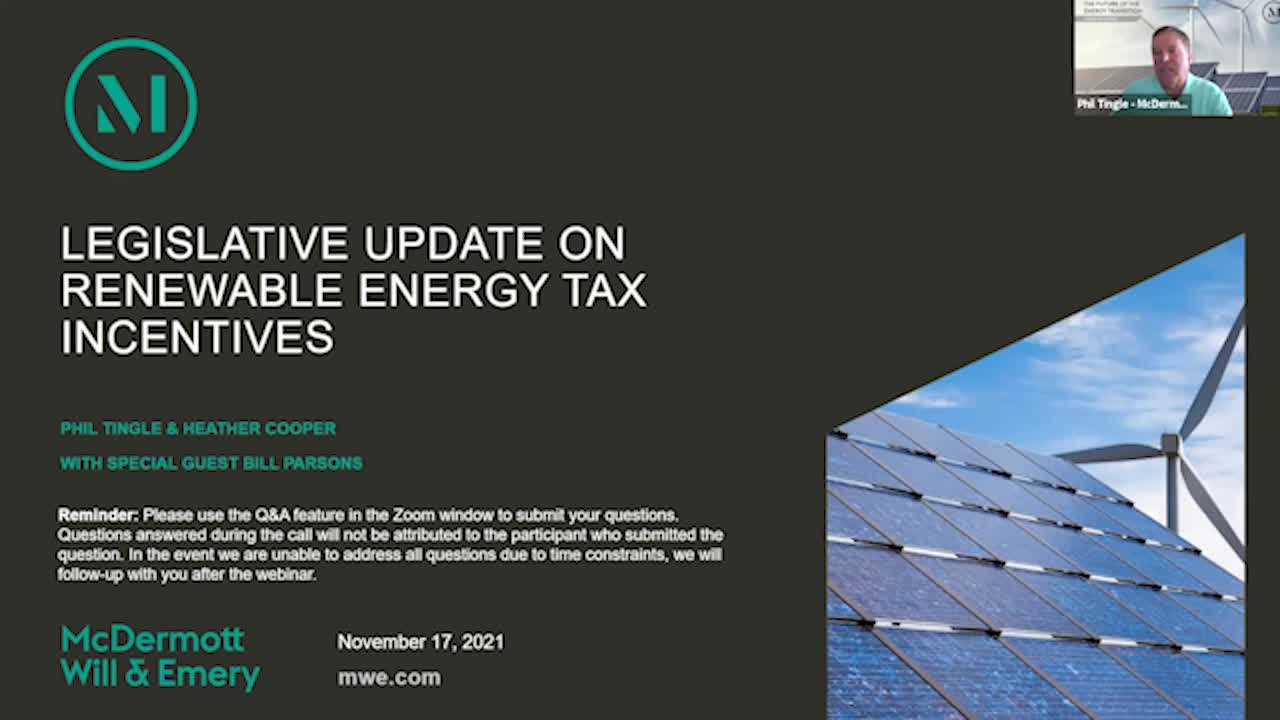
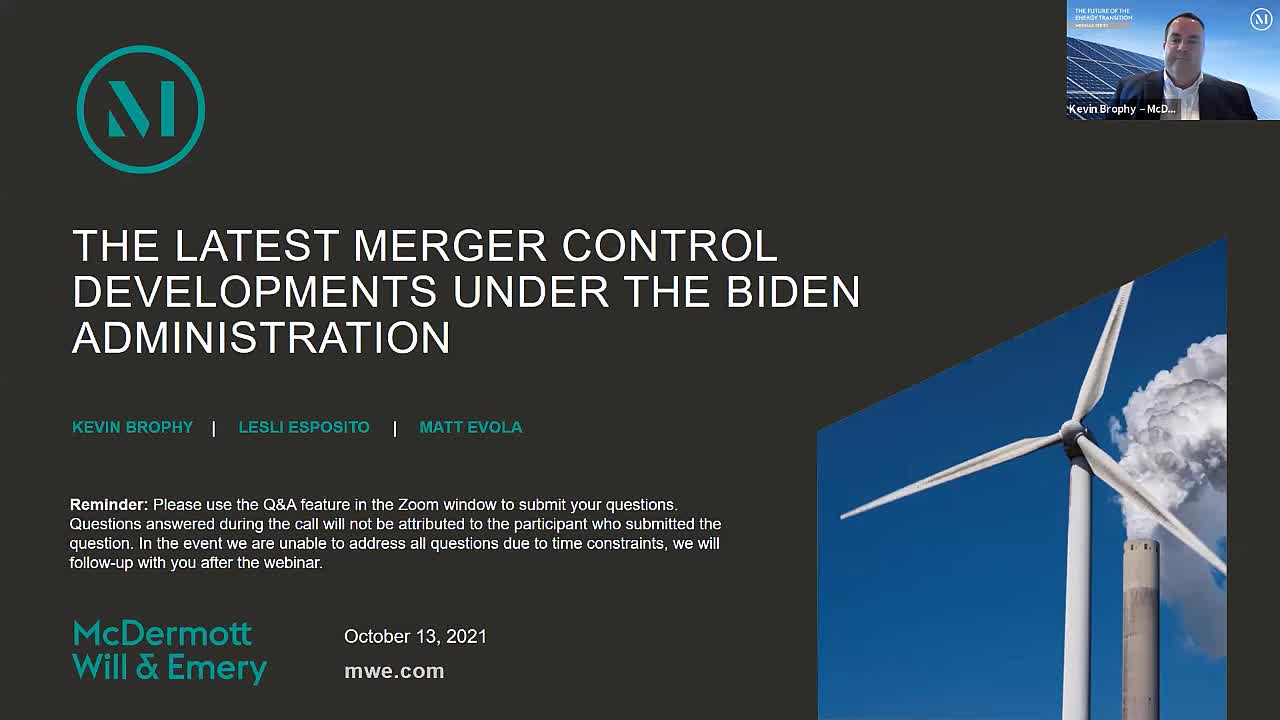 Below are key takeaways from the webinar: 1. Antitrust Agency Personnel Changes. The FTC and the DOJ Antitrust Division have recently seen leadership changes. At the FTC, US President Joe Biden appointed Lina Khan to chair, and she’s already making headlines for her efforts to “modernize” merger assessments. Chairwoman Khan has indicated that she wants the FTC to focus on addressing the “rampant consolidation” that has resulted in dominant firms across markets. She has also advocated for a holistic approach to identifying harms, a focus on power asymmetries and a need for the agency to be forward-looking. The changes she has implemented have significantly impacted merger review. At the DOJ, President Biden appointed Jonathan Kanter, who has not yet taken office but is also expected to take an aggressive approach to enforcement, to lead the Antitrust Division. 2. President Biden’s Executive Order on Antitrust. In a July executive order, President Biden indicated that antitrust enforcement would be a top priority for his administration. The order calls for a whole-of-government approach, encompassing 72 initiatives directed at more than 12 separate agencies. The order directed the FTC and the DOJ to vigorously enforce the antitrust laws by toughening the review of future mergers and revisiting anticompetitive mergers that went unchallenged. 3. Policy Changes with Practical Implications. The FTC has been especially active in announcing new policies and procedures that will likely extend the merger review timeline and open previously consummated transactions to further scrutiny. Among these changes are:
Below are key takeaways from the webinar: 1. Antitrust Agency Personnel Changes. The FTC and the DOJ Antitrust Division have recently seen leadership changes. At the FTC, US President Joe Biden appointed Lina Khan to chair, and she’s already making headlines for her efforts to “modernize” merger assessments. Chairwoman Khan has indicated that she wants the FTC to focus on addressing the “rampant consolidation” that has resulted in dominant firms across markets. She has also advocated for a holistic approach to identifying harms, a focus on power asymmetries and a need for the agency to be forward-looking. The changes she has implemented have significantly impacted merger review. At the DOJ, President Biden appointed Jonathan Kanter, who has not yet taken office but is also expected to take an aggressive approach to enforcement, to lead the Antitrust Division. 2. President Biden’s Executive Order on Antitrust. In a July executive order, President Biden indicated that antitrust enforcement would be a top priority for his administration. The order calls for a whole-of-government approach, encompassing 72 initiatives directed at more than 12 separate agencies. The order directed the FTC and the DOJ to vigorously enforce the antitrust laws by toughening the review of future mergers and revisiting anticompetitive mergers that went unchallenged. 3. Policy Changes with Practical Implications. The FTC has been especially active in announcing new policies and procedures that will likely extend the merger review timeline and open previously consummated transactions to further scrutiny. Among these changes are: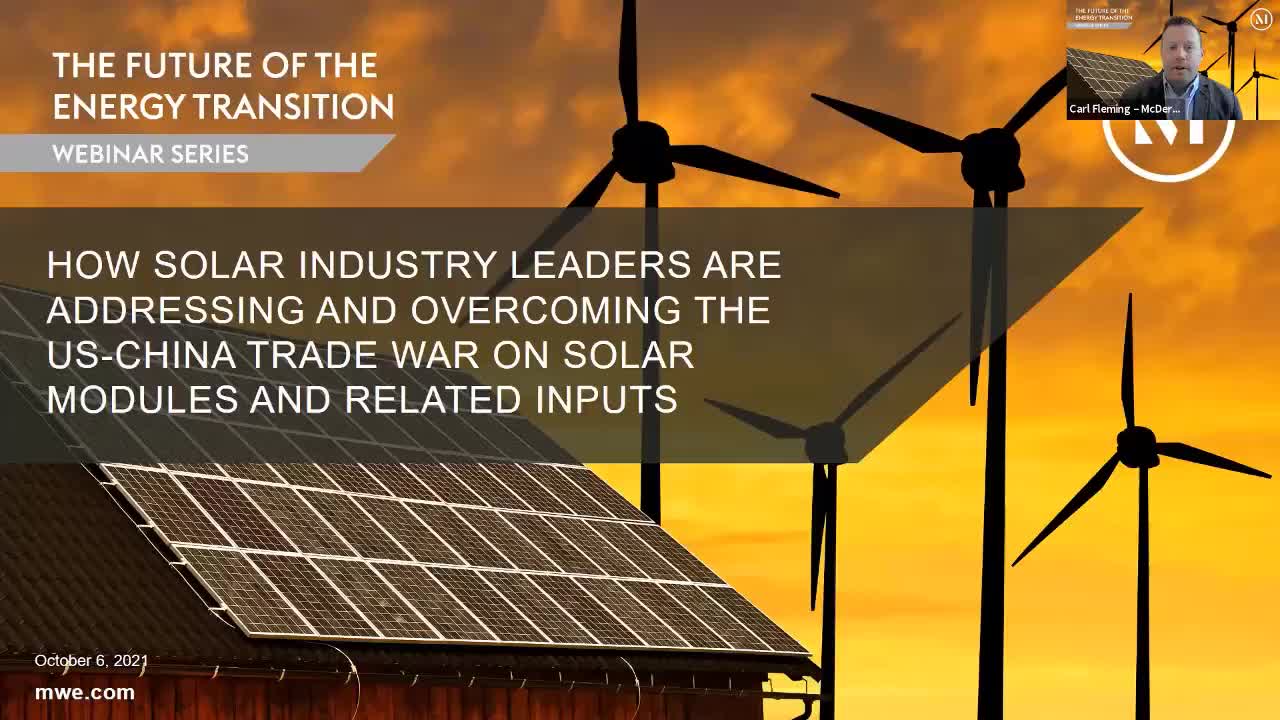
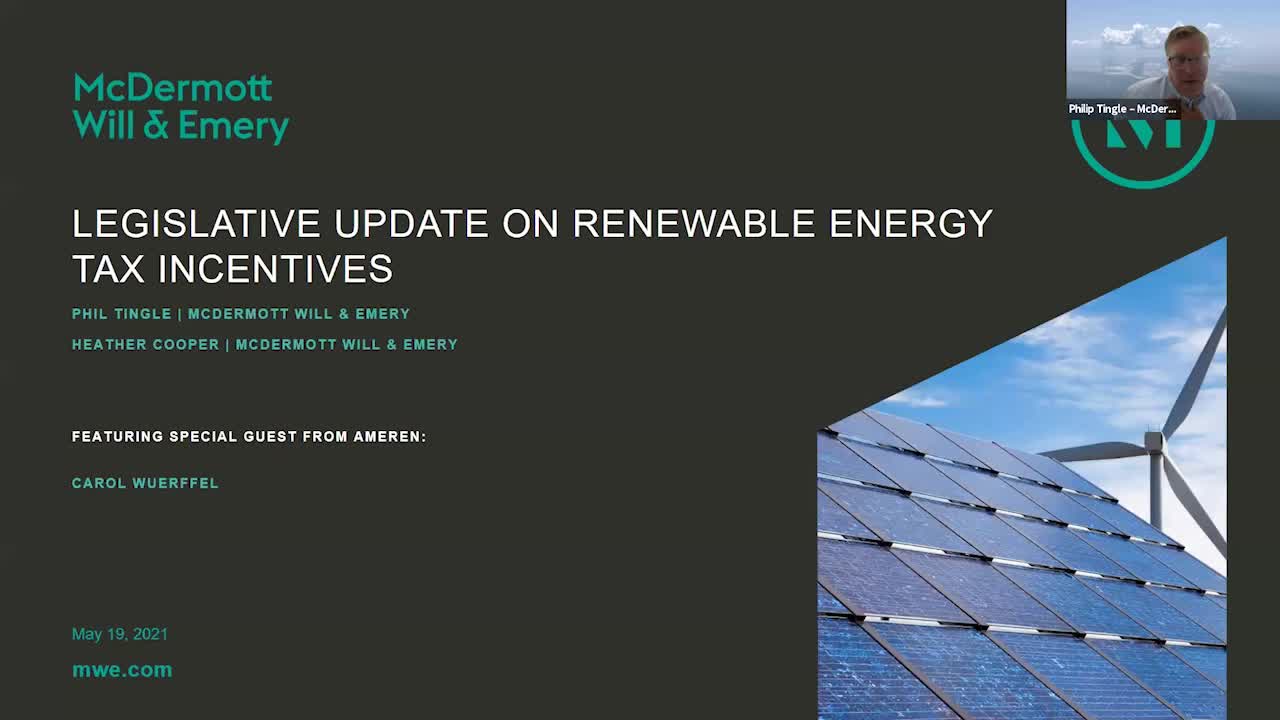 Below are key takeaways from the webinar:
Below are key takeaways from the webinar: